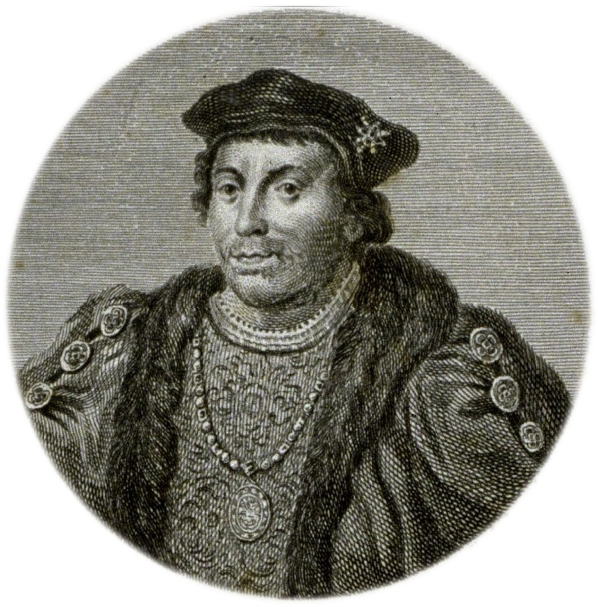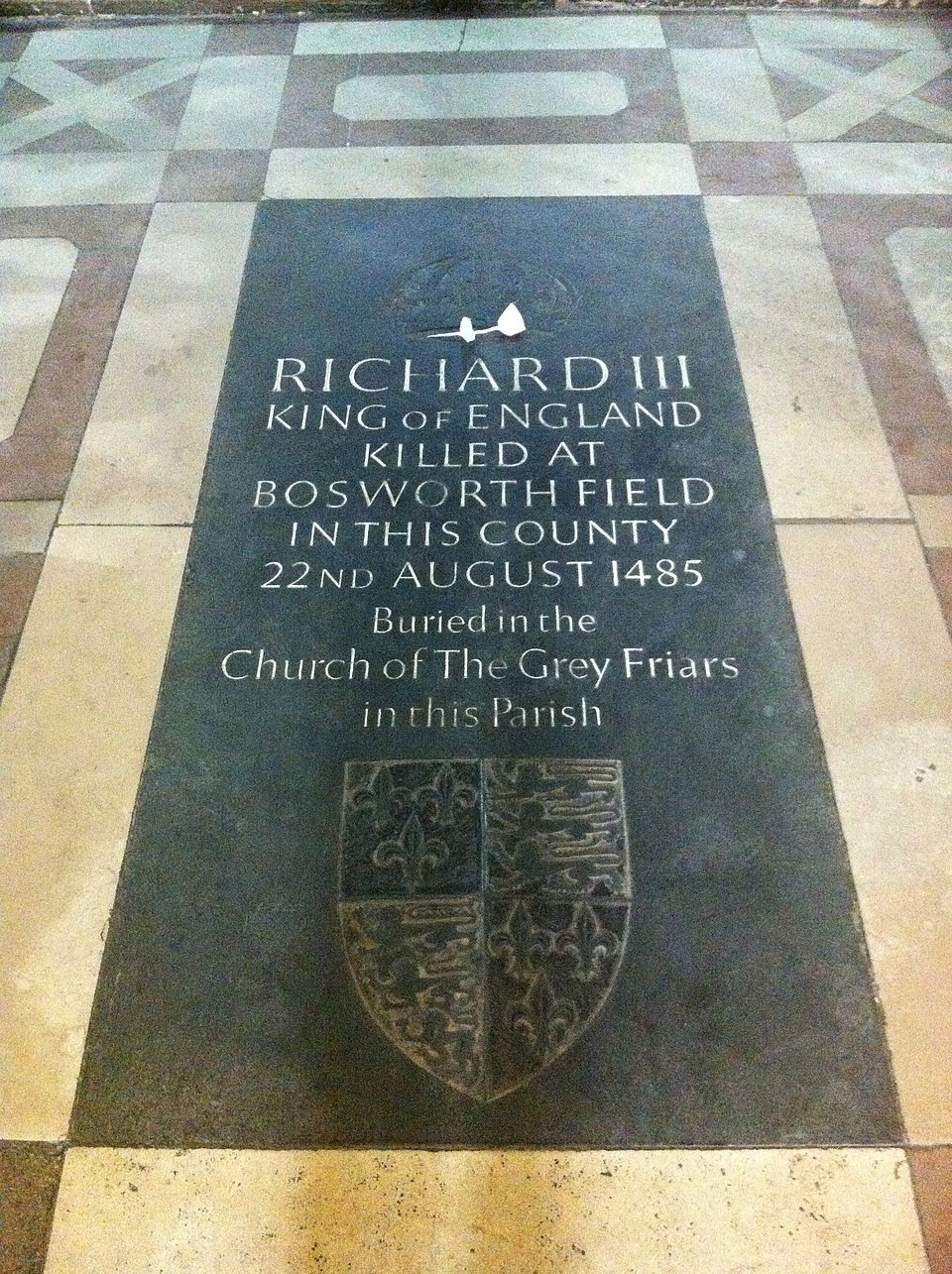BOSWORTH FIELD
Bosworth Field was a hugely important part of British history, it was the start of the Tudor dynasty. Everybody has heard of the Tudors, most famously Henry VIII and Elizabeth I. However, it was Richard III defeat at the Battle of Bosworth Field that gave them the throne.
It was Richard III who had just assented the throne, by questionable means, that was killed at Bosworth leaving the way open for Henry VII to take the crown. This was the start of the Tudors, but lets step back alittle and learn abit about how the Battle of Bosworth came to be.
The Battle of Boswoth happened on the 22nd August 1485, this was the last battle in the War Of The Roses and the end of the Plantagenet dynasty. It was faught between the House of York and the House of Lancaster for control of the English throne. This is an all to familiar story during medieval history, power struggles and war. The Battle of Bosworth Field took place near Market Bosworth in Leicestershire, England.
Now lets go back a little further, after the Battle of Tewkesbury in 1471, where the Yorkists had been victorius, Henry Tudor who at the time was only fourteen had fled to France although were blown off course and landed in Brittany. He was offered asylum, but in reality Duke Francis II of Brittany realised the political value in keeping them in Brittany. Henry was the Lancastrian claimant to the throne and of great importance to the Lancastrian loyalists. Due to the political turmoil and danger to his life, he along with his uncle Jasper Tudor were sent into exile. They later travelled to France, still in exile from England. Henry was in exile for around fourteen years until he returned in 1485, at this time Richard was on the throne and was possibly not popular, making it the perfect time for Henry to return.
Richard's rule was associated with fear and suspicion and many nobles distrusted him, possibly believing that he had a part in the prince's disappearance.
Henry Stafford
Public Domain.
BUCKINGHAMS REBELLION.
Henry Stafford 2nd Duke of Buckingham`s rebellion happened in October 1483, the rebellion ultimately failed but did weaken an already weak Richard.
Led by Buckingham who was once an ally of Richard, the rebellion aimed to restore Edward V, whom Richard had deposed. Buckingham, disillusioned with Richard’s rule, allied with the exiled Henry Tudor and his mother, Margaret Beaufort. Support came from Edward IV loyalists and Yorkists. Meanwhile, Henry attempted to invade from Brittany with over 500 soldiers. A storm thwarted the landing, Henry’s fleet had been scattered by bad weather while at sea, leaving only two ships, one of them his own, anchored in Plymouth Sound. As he prepared to set sail and join the rebellion he got word of the
developments in England. A premature revolt in Kent had alerted Richard to the rebellion and caused it to collapse before Buckingham could fully act. The tide had turned against the uprising. These events are detailed in the Croyland Chronicle.
The Croyland Chronicle, from the Benedictine Abbey of Croyland, is a key source for late 15th-century English history. Once linked to Abbot Ingulf, parts were later deemed forgeries. Its reliability is debated due to unknown authorship, textual gaps, and limited efforts to recover or translate the original manuscript.
Richard had Buckingham executed for the treason on the 2nd November 1483.
Was Buckingham involved in the disappearance of the princes?
Some historians suggest Henry Stafford may have murdered the Princes in the Tower, possibly without Richard III's knowledge. A Portuguese document and one from the College of Arms accuses Buckingham. However, many historians doubt that he acted alone, as access to the princes required Richard's approval. Richard’s failure to blame Buckingham after his execution weakens the theory. Though some suggest Buckingham had ambitions for the throne, most agree he wouldn’t have dared act without Richard’s consent or at least his knowledge. Others theorise that Henry Stafford became aware of Richards involvement in the Princes disappearance and that is what inspired him to rebel. We will never know!
Henry Tudors return.
Public Domain
Henry had perhaps the least right to the throne of any 15th century King, descending from an illegitimate liaison. However, on the 7th August 1485, 28-year-old Henry Tudor landed at Mill Bay, at the mouth of the Milford Haven waterway. Accompanied by around 2,000 French mercenaries funded by the French king, Charles VIII, Henry launched his campaign to claim the English throne.
Henry chose Mill Bay for several strategic reasons. Familiarity was one: he was born at Pembroke Castle, just across the water, and his uncle, Jasper Tudor the Earl of Pembroke, had kept in contact with local allies during their time in France. This local knowledge likely helped secure early support.
Another key reason was secrecy. Mill Bay was a secluded spot, helping Henry avoid detection by royal observers stationed at Dale Castle, only 3km away. Though news of the landing reached King Richard by the 11th August, the initial arrival went unchallenged, giving Henry’s small army the chance to organize without interference. The decision to land at Mill Bay proved crucial to the success of Henry’s campaign and his rise to the throne.
THE BATTLE OF BOSWORTH FIELD
Henry Tudors landing on the southwest coast of Wales on the 7th August 1485 and march inland, gained support en route to London. King Richard III quickly and confidently assembled his army and met Henry near Ambion Hill, close to Market Bosworth. Lord Stanley and Sir William Stanley arrived with troops but held back, initially offering Henry only four knights, including Sir John Savage, who led Henry’s left flank. Richard divided his substantially larger army into three groups under the Duke of Norfolk and the Earl of Northumberland. Norfolk’s troops faltered against the Earl of Oxford’s forces, and Northumberland failed to assist him. In a last gamble, Richard led a direct charge to kill Henry but was intercepted and killed by William Stanley’s forces. The Battle ended in a victory for Henry Tudor.
Henry was crowned King Henry VII, founding the Tudor dynasty which would reshape British history. He commissioned favourable accounts of the battle, marking the start of the Tudor dynasty and a symbolic end to the Middle Ages.
As always history is always told through the eyes of the victor's. So Richard's defeat and Henry's accounts of the battle have strongly influenced our opinion of Richard III. Shakespeare’s portrayal also being somewhat propaganda of the time.
What is your opinion of Richard III?
Please comment below.
The exact battlefield location remains disputed.











